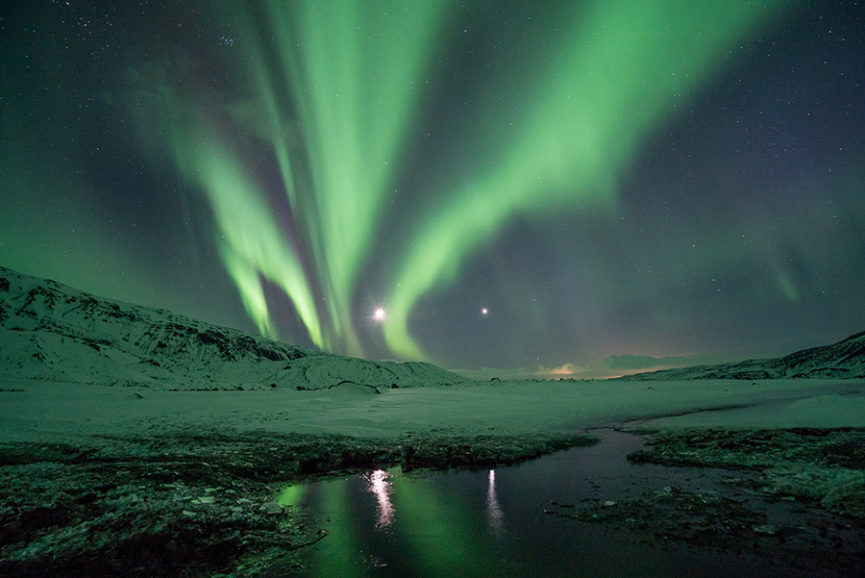In September, I had the wonderful opportunity to conduct business in Iceland. More and more often I am asked to advise on corporate disruption and innovation. I also continue to assist individuals in personal transition and transformation. As a result, I am hungry for examples of successful turnaround and disruption so that I can better equip my clients and myself.
Iceland is a beautiful country. 80 percent of the ~330,000 residents live in Reykjavik so the volcanoes, lava fields, craters, rivers, and glaciers retain much of their untouched beauty. During the global financial crisis, all Icelandic banks failed. Unemployment increased. Educated young professionals were leaving the island.
When the Eyjafjallajökull volcano erupted in 2010 and initially suspended air traffic for 9 days, Europeans were in an uproar. In addition to the volcanic soot, Iceland was under a cloud of verbal attacks, internal pessimism, and financial ruin.
Less than 10 years later, the Unemployment Rate is 2.7% (at time of publication). Reykjavik, Iceland is #5 of the top most popular travel destinations in the world. The number of travelers is up by 40%, topping nearly 1.8 million. Tourism represents approximately 10% of their GDP, and is responsible for a share of nearly 30% of the country’s export revenue. Cranes are dotted across the city as infrastructure is added.
Iceland took steps to address their perils. At the height of the volcanic eruption, they realized that their unique countryside was highly appealing to travelers.
Icelandic geothermal resources afford them very inexpensive power. They invested in research and have become world leaders in renewable energy. They are in conversations with European counterparts to explore energy exports.
While it may be a too-oft repeated comment, it is the best assessment in this case – they did not let a good crisis go to waste. The combination of events could have had a much more dire or long-lasting negative outcome.
It is interesting to me that while they have done several things well – seizing disruption and acting in an offensive manner, there are some counterexamples. I share them as I find it fascinating to observe the balance and tensions that exist in companies, countries and within ourselves.
Icelanders are fiercely protective of and proud of their language. As a result of their relative isolation and stable population, the language is largely unchanged from the handwritten scripts of the Vikings. The ubiquitous use of technology by young people, in particular, has resulted in new words being introduced that have no Icelandic translation.
“Fidget Spinner” is one such example. Scholars create Icelandic words for these new terms but young people do not adopt them. It may well be a losing battle and an inevitable change to their language. Will they hold on to purist use of the ancient language for too long? And if so, or if not, what are the implications?
Another example is Icelandic horses. Another source of great pride, these small horses (don’t dare call them ponies) participate in shows around the world and take many prizes. However, once an Icelandic horse leaves the island, it must be sold. It cannot return to the island, lest it bring and introduce new genetic strains or disease. This certainly maintains the purity of these animals, but there is considerable evidence of the negative impact of this type of breeding program you just need to look at other animals, including many types of dogs.
Iceland should be very proud of their positive and rapid recovery. We can learn much from how they responded to and addressed the seemingly insurmountable challenges of 2008-2010.
My clients accelerate their results – increasing profitability, leadership performance, innovation, and accountability. I would love to discuss how I might advise on your corporate disruption and innovation or assist you in personal transition and transformation. Contact me today.
If you found this beneficial, click here to sign up for my newsletter or share via social media.

